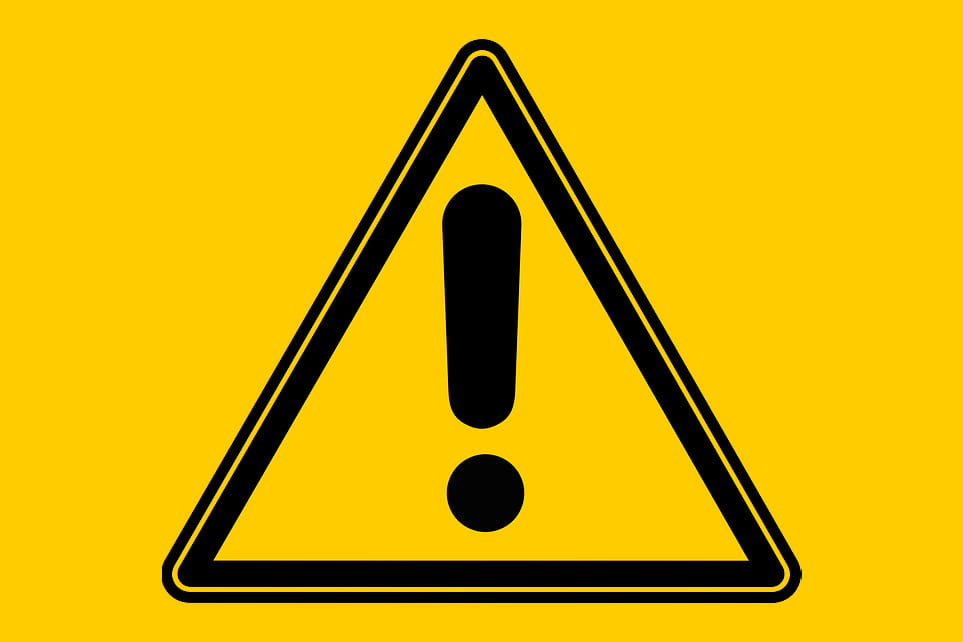Although some workplaces can easily be recognised as a hazardous environment, if you work in an office you probably don’t think that your workplace is particularly risky. Unfortunately, having that attitude can mean that the environment can actually be more dangerous simply because of complacency.
While any obviously hazardous working environment, such as a factory floor or kitchen, will have clear processes and safeguards for workers to follow to ensure that all of the hazards are properly mitigated, offices often have no such system in place, as employees and managers are less aware of the possibilities of injury that are surrounding them.
In any office environment there are several key areas to look at to make sure that staff are well prepared for any potential hazards while at work.
Prepare Your Staff
Every employee should be aware of the following:
- How to report a fire, an injury, a spillage or any other emergency situation
- The sound of different alarms and what they mean
- How to exit the building should an emergency arise
- How to locate their assembly point
These issues can easily be addressed through a safety handbook which should be given to every staff member and regular emergency drills so that staff can practice what to do.
Suitable Firefighting Gear
Offices should always have:
- Regular checks carried out on sprinklers, fire extinguishers and fire blankets
- Regular servicing of all alarm systems
- Designated and trained staff who can use the fire extinguishers
Dealing With Injuries
There are many types of injury which can befall an office worker. All offices should have a trained first aider available as well as a clear procedure for reporting accidents. Every employee should be aware of how to contact the first aider and where the first aid kit is located.
Safe Lifting
If staff will be moving furniture or boxes around the office, they should be trained in appropriate safe lift practices. If any heavy objects are likely to be moved, a cart, dolly or trolley should be used.
Electrical And Chemical Hazards
There are many electrical items in offices, and when handled incorrectly they can present a hazard. Staff should never handle any switches, plugs or cords with wet hands and should never overload sockets. Any equipment which is faulty should be immediately reported and, of course, PAT testing is essential. When it comes to chemical hazards, all employees should know which chemicals they can use and how to clean up any spills. It is certainly safer to leave the handling of cleaning chemicals like bleach to a professional cleaning company rather than asking staff members to clean the premises themselves.
Preventing Hazards
The top causes of accidents in the workplace are falls from steps and stairs, trips over equipment and slips on spillages. Most of these injuries could easily be prevented by putting the following rules in place:
- No running in the workplace
- All workers should wear sensible low heeled, non-slip shoes
- All work areas and access zones should be well lit
- All employees should be trained properly in the use of stepladders
- No cables should be crossing access areas or they should be properly covered to prevent trips
- All stairs, corridors and aisles should be kept free of any obstruction
- Any spillage should be immediately cleaned up and floors should be kept dry at all times
Hiring a professional cleaning company to ensure that all floors are kept spillage free, clean and dry to minimize hazards is a good idea.

